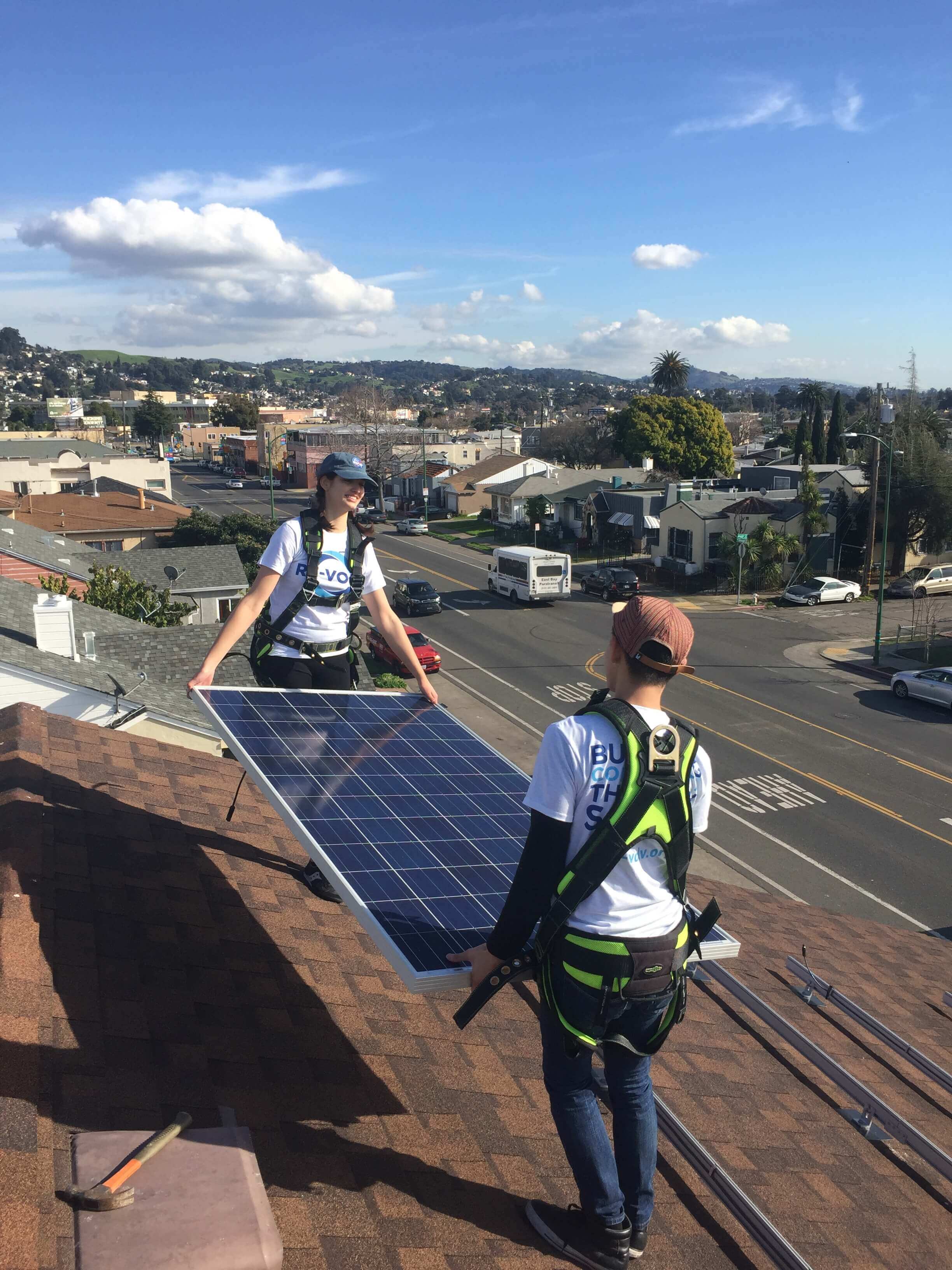With a new administration now in the White House, many are wondering what the future of renewable energy looks like at the federal level. New policy in favor of sustainable change and the support of our government will be important factors in our journey to reach the UN Sustainable Development Goals. Solar energy specifically is gaining popularity more and more with each year and has the increasing support of many politicians. President Biden has outlined his plan for increasing clean energy on his website.
Increase Supply of Solar
Increasing the country’s supply of solar would be a double benefit. Firstly, it would create many jobs in sustainable fields which would benefit the economy and the American people. There would be an increase in the demand for fabricated steel and iron as well and a demand for workers trained in welding, complex wiring, and other jobs in the solar industry. These jobs in the renewable energy sector could offset the loss of jobs due to the shift away from fossil fuels. Secondly, the increase in supply of solar coupled with the fall in the cost of solar over the past decade makes it more accessible to those interested in solar. If the option is readily available, a customer may feel more inclined to make the switch, especially if the solar systems are made in America.
Extend Tax Incentives for Solar
Increasing the tax incentives are a huge benefit to the solar industry. Incentives for solar will make the switch for customers much more appealing to those who may be on the fence or hadn’t seriously considered going solar in the past. As more people invest in solar and make the switch, the closer we become to reaching our Sustainable Development Goals for carbon emissions.
Improve Efficiency of the Power Grid
As wonderful as it is to imagine a sharp increase in the number of solar systems installed, the current utility grid is not up to the challenge. It is outdated and would not be able to handle the supply of solar energy being generated by so many properties, especially at peak producing hours. Therefore, President Biden plans to upgrade the utility grid and improve its efficiency to allow for the growth of renewable energy. This is beneficial because solar is limited by the capacity and performance of the grid, improvements to the grid therefore are improvements to the solar sector.
Install Solar
Possibly the simplest goal and yet it may be one of the most important. President Biden has claimed to want to install millions of solar panels in the country during his term, which is beneficial for obvious reasons. The increase in installation means more and more of the country’s power will be coming from renewable sources. This is great news for carbon emissions. The goal is to increase installations on the utility scale, on individual rooftops, and community solar systems.
Community solar is where a group of people join together to cover the cost of a solar system that is installed in a central location so that those helping to cover the cost can benefit from the energy it generates. Community solar could be one of the most exciting goals, as it is the most accessible option for communities for which solar is too expensive on the individual level. Joining together allows the community to benefit from solar while sharing the burden of the cost.

These plans make the future seem brighter and hopeful as more attention is drawn to the serious consequences of climate change. President Biden has ambitious goals for the future of the solar industry and if he succeeds, the chances of the United States achieving the Sustainable Development Goal of reducing carbon emissions is that much more likely. President Biden wants to both increase the number of solar systems in the country, as well as invest in the future of solar so that it might expand sustainably into the next generations. There will be challenges along the way, but every change must start somewhere.
